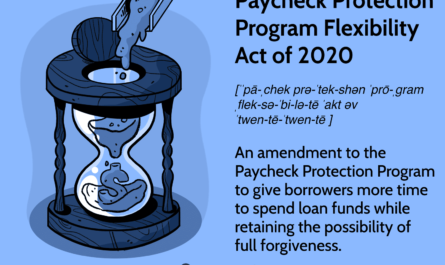What Is a Professional Employer Organization (PEO)?
A professional employer organization (PEO)—sometimes referred to as an employee leasing company—is a human resources company that is contracted by small companies to take over certain administrative functions, such as payroll, taxes, and employee benefits. The PEO, in effect, becomes a co-employer, an arrangement that allows it to combine the employees of several companies in order to offer those companies lower costs, reduced paperwork, and increased efficiency, as well as better retirement, healthcare, and workers’ compensation packages for their employees.
Key Takeaways
- A PEO is a human resources company contracted by small and medium businesses to perform certain business functions and provide improved employee benefits.
- The average client of a PEO is a small business with 19 employees; companies with fewer than 10 employees probably won’t benefit from using a PEO.
- PEO pricing is typically based on a percentage of total payroll or number of employees.
How a PEO Works
More than 800 PEOs in the U.S. provide a variety of services to between 156,000 and 180,000 small and medium-sized companies employing 2.7 to 3.4 million people. As a co-employer, the PEO becomes the legal and tax-related employer for the employees of all client companies. This allows the PEO to negotiate more expansive and less expensive benefits, workers’ comp, and unemployment insurance rates while offering state-of-the-art administrative services. The average client of a PEO, according to the National Association of Professional Employer Organizations (NAPEO), is a small business with 19 employees.
2.7 to 3.4 million
The number of employees covered by a professional employer organization in the U.S.
Some of the duties performed by PEOs in the U.S. include:
- Payroll, including automated deposits and one-time payments to both full and part-time employees as well as vendors
- Employee benefits, ranging from medical, dental, vision, workers’ comp claims, and 401(k) plans
- Compliance functions related to payroll taxes, employee tax forms, and Internal Revenue Service (IRS) forms and reports
- Access to experts in all areas covered by the PEO
- Workplace risk management and safety
- Customized employee handbooks
- Recruitment and pre-employment screening
Important Additional Considerations
To better understand the role of a PEO in business, it’s important to know the following:
- Most PEOs won’t partner with a company that has fewer than 10 employees. The optimum number of employees is 16 to 80.
- PEOs typically price services based on a percentage of total company payroll or on the number of employees.
- Contracting with a PEO means handing over some or all administrative responsibilities.
- Contract length and structure varies by PEO. Canceling a contract may involve paying a fee.
- Services offered vary by PEO, and not all PEOs offer all services to all companies.
PEOs are not the same as temporary employment agencies.
Professional Employer Organization vs. Temp Agency
Some people confuse PEOs with temporary employment, or “temp,” agencies. The two are quite different, even though some services offered appear to be similar. Temp agencies recruit employees and assign them to businesses on a short-term basis to help with overload or special projects or on an “as needed” basis. PEOs, as noted above, are co-employers and take on several administrative functions for clients.



